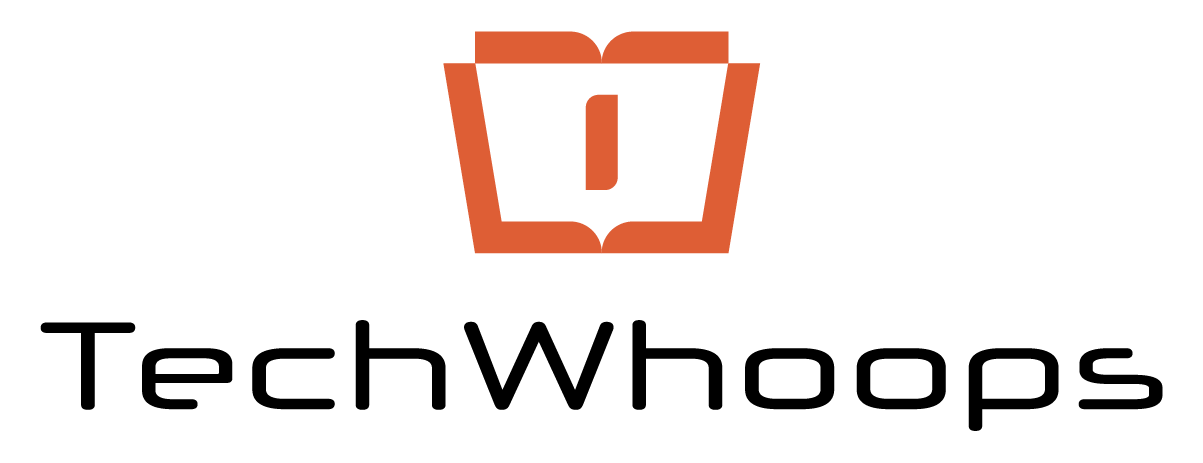Last updated: October 29, 2025
Animation brings imagination to life—whether you’re designing short films like The Incredibles, crafting YouTube explainer videos, or producing snappy social-media loops. The good news? In 2025, you no longer need expensive software like Adobe Animate or Toon Boom Harmony to start animating.
Modern free 2D animation tools for Windows (and cross-platform systems) now provide professional-grade features—onion skinning, bone rigging, motion tweening, and even AI-assisted in-betweens. This guide compares the 11 best free and open-source 2D animation programs, plus two popular paid/trial options, for every skill level, with pros & cons, feature overviews, and download links from official sources only.
See also: 14 Best Car Design Software Tools for Automotive Designers in 2025
Table of Contents
How We Picked
To create this list, we evaluated over 25 free animation apps based on four key criteria:
- Ease of use & learning curve – Friendly interfaces for beginners, yet powerful enough for professionals.
- Core animation features – Frame-by-frame control, onion skinning, bone rigging, and export formats.
- Community & updates – Active development teams, tutorials, and bug fixes.
- Performance & compatibility – Smooth playback and stability on Windows 10/11, plus Mac/Linux cross-support where available.
Quick Comparison Table
| Software | Best For | Key Features | OS | Download Link |
|---|---|---|---|---|
| Pencil2D | Hand-drawn beginners | Frame-by-frame drawing, onion skinning | Win / Mac / Linux | pencil2d.org |
| Synfig Studio | Vector rigging | Bone system, cut-out animation | Win / Mac / Linux | synfig.org |
| OpenToonz | Professional production | TWAIN scanner support, FX library | Win / Mac / Linux | opentoonz.github.io |
| Krita | Digital painting + animation | Brush engine, timeline editor | Win / Mac / Linux | krita.org |
| Blender (Grease Pencil) | 2D + 3D hybrid | Layers, timeline, shaders | Win / Mac / Linux | blender.org |
| TupiTube | Kids / simple projects | Tweening, asset library | Win / Mac / Linux | tupitube.com |
| Animation Paper (Beta) | Traditional frame-by-frame | Zoom, sound import | Win / Mac / Linux | animationpaper.com |
| SVGator | Web animations | Browser-based, no install | Web | svgator.com |
| Animaker | Explainer videos | Templates, AI voice-overs | Web | animaker.com |
| FlipaClip | Quick sketch animation | Onion skin, audio tracks | Win (via BlueStacks) | flipaclip.com |
| Stop Motion Studio | Stop-motion hybrids | Frame capture control | Win / Mac | stopmotionstudio.com |
1. Pencil2D — Best for Beginners

Ideal For: Hand-drawn 2D animation and sketching
Overview:
Pencil2D is an open-source gem focused on traditional frame-by-frame drawing. It’s lightweight, distraction-free, and perfect for beginners testing animation principles such as timing and squash & stretch.
Key Features
- Onion skinning for seeing previous and next frames
- Raster & vector layers in the same project
- Simple timeline with easy frame insertion
- Export to GIF, MP4, and image sequences
Pros
✅ Very light on CPU and RAM
✅ Intuitive UI — learn basics within an hour
✅ No ads, watermarks, or subscriptions
Cons
❌ Lacks advanced rigging or tweening
❌ Limited soundtrack support
Latest Update: Version 0.7.0 improved painting performance and reworked switching tools temporarily.
2. Synfig Studio — Best Free Vector Animator
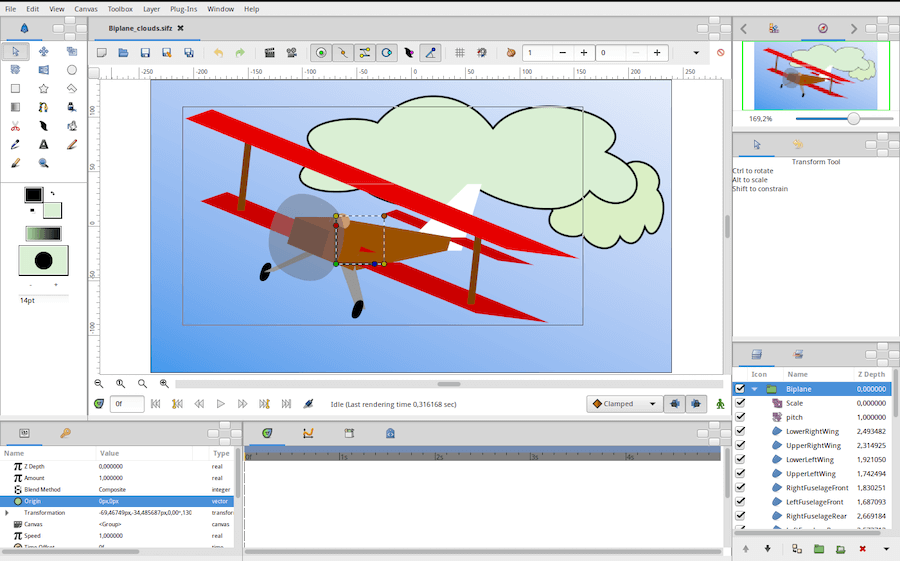
Ideal For: Cut-out animation and motion graphics
Synfig Studio eliminates repetitive frame-drawing by allowing vector-based rigging and interpolation. It’s open-source yet rivals paid motion-graphics tools.
Core Features
- Bone system for character rigging
- Keyframe interpolation for smooth motion
- Vector graphics for infinite scaling
- Real-time effects and layers
Pros
✅ Powerful automation — fewer frames to draw
✅ Excellent for explainer and cut-out styles
✅ Extensive documentation and active forums
Cons
❌ Steeper learning curve than Pencil2D
❌ Occasional stability issues on older Windows laptops
2025 Note: Development continues to focus on refining the vector engine and adding modern quality-of-life improvements for managing complex scenes.
3. OpenToonz — Best for Professional Production
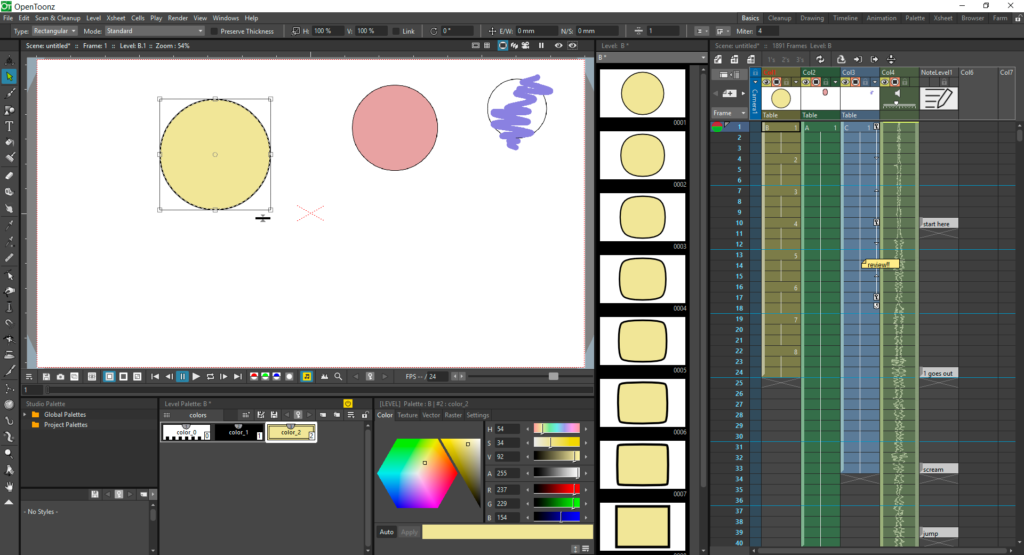
Ideal For: Studio-grade 2D animation & scanned drawings
Originally developed by Digital Video and used by Studio Ghibli, OpenToonz is a powerful open-source production suite with advanced compositing and effects.
Highlights
- TWAIN scanner integration for paper animation
- FX stack system for custom visual effects
- Motion tracking & camera movement
- Built-in color management
Pros
✅ Used in commercial projects (Ghibli, TVPaint)
✅ Supports plugins for AI in-betweening
✅ Full production pipeline capability
Cons
❌ Complex interface for new users
❌ Requires strong hardware for real-time FX
2025 Update: New Toonz Vector Brush engine and “AutoInbetweener” AI reduce manual tween work.
4. Krita — Best for Digital Painting + Animation

Ideal For: Artists transitioning from illustration to animation
Krita is famous as a digital painting tool, but its timeline and animation dockers make it a solid choice for 2D shorts and web loops.
Key Features
- 100+ custom brushes & stabilizers
- Onion skinning and frame management
- Audio import for lip-sync
- Export to GIF, MP4, and OpenEXR
Pros
✅ Professional painting tools for beautiful frames
✅ Cross-platform and tablet-friendly
✅ Huge community and tutorial library
Cons
❌ No vector rigging tools
❌ Larger file sizes than pure vector apps
2025 Update: Krita 5.2 (the current stable release) greatly improved audio import and handling, and the upcoming Krita 5.3 focuses on further enhancing the animation timeline.
5. Blender (Grease Pencil) — Best for Hybrid 2D/3D

Ideal For: Artists exploring 2.5D and cinematic animation
Blender’s Grease Pencil tool lets you draw directly in 3D space—combining the freedom of 2D with the depth of 3D.
Features
- Draw in 3D environments
- Full timeline & onion skinning
- Custom shaders and materials
- Camera movement for parallax effects
Pros
✅ Completely free and open source
✅ Ideal for storyboards and complex scenes
✅ Huge tutorial ecosystem
Cons
❌ Overwhelming for pure 2D beginners
❌ Requires strong GPU for real-time preview
Pro Tip: Pair Grease Pencil with Blender’s compositor for Hollywood-style effects.
6. TupiTube (by MaeFloresta) — Best for Students, Kids & Mobile
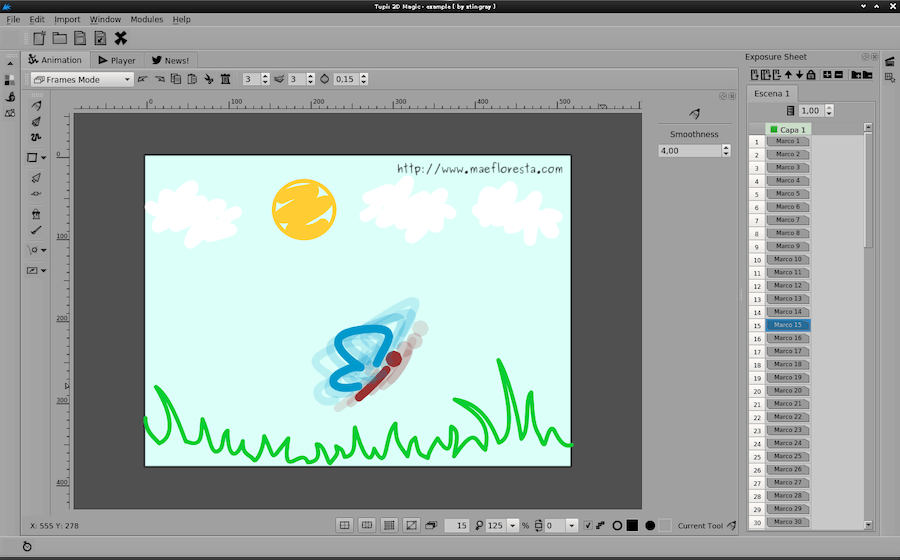
Ideal For: Young animators, classroom projects, and cross-platform mobile drawing
TupiTube is the flagship product of the startup MaeFloresta. It offers an easy-to-use, education-focused platform that includes both a desktop version (TupiTube Desk) and a dedicated mobile app (TupiTube App) for seamless touch-based creation.
Highlights
- Tweening and keyframing for smooth motion
- Mobile/Tablet App (TupiTube App) for Android/iOS
- Cloud backup and sharing (via its social platform)
- Onion skinning and multi-layer support
- Asset and character library
Pros
✅ Excellent for education; simple, kid-safe environment
✅ Seamless mobile workflow continuity
✅ Lightweight and runs on older devices
Cons
❌ Limited advanced tools for professionals
❌ Free plan has some feature or project limitations
7. Animation Paper (Beta) / Legacy PAP — Old-School Charm
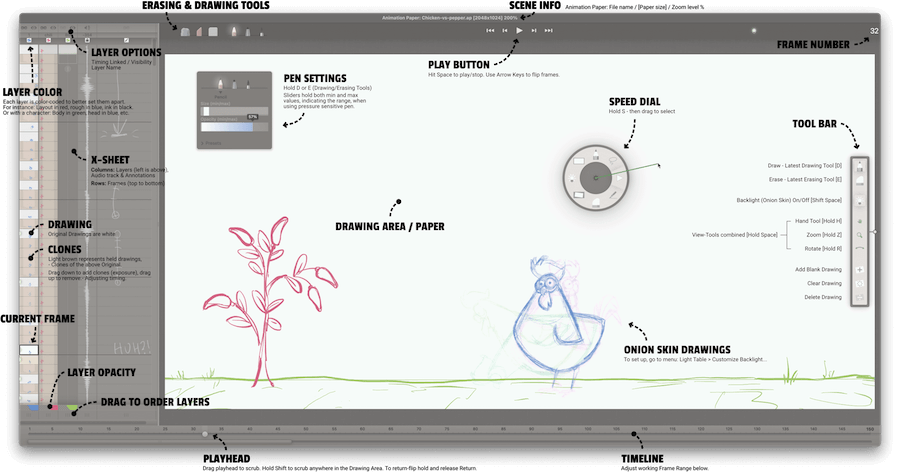
Ideal For: Traditional frame-by-frame purists
Animation Paper (the modern successor to Plastic Animation Paper) focuses on simplicity and speed for rough sketch animation. It mimics the feel of a real light table.
Features
- Intuitive timeline and hotkeys
- Sound import for syncing dialogue
- Zoom and pan tools for fine drafting
Pros
✅ Excellent for gesture tests and storyboards
✅ Ultra-lightweight (less than 15 MB)
Cons
❌ No color layers or vector support (Legacy PAP)
❌ Will likely become paid software after the free beta period
8. SVGator — Best for Web Animations
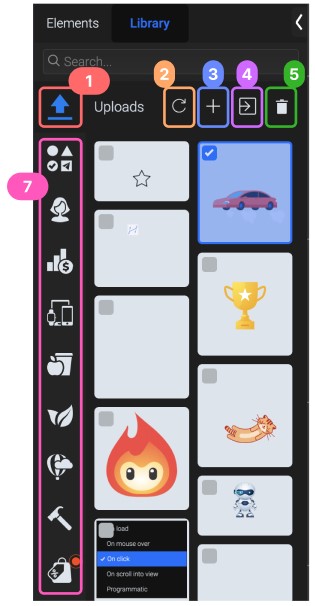
Ideal For: UI/UX designers and website animation
SVGator is a browser-based tool that animates SVG graphics without coding.
Key Benefits
- Animate directly in your browser
- Export to SVG, CSS, or JS
- Timeline with easing presets
- Real-time preview
Pros
✅ No installation required
✅ Ideal for logos and vector icons
✅ Simple learning curve
Cons
❌ Free tier limits export options
❌ Not suited for long animations
9. Animaker — Best for Explainer Videos
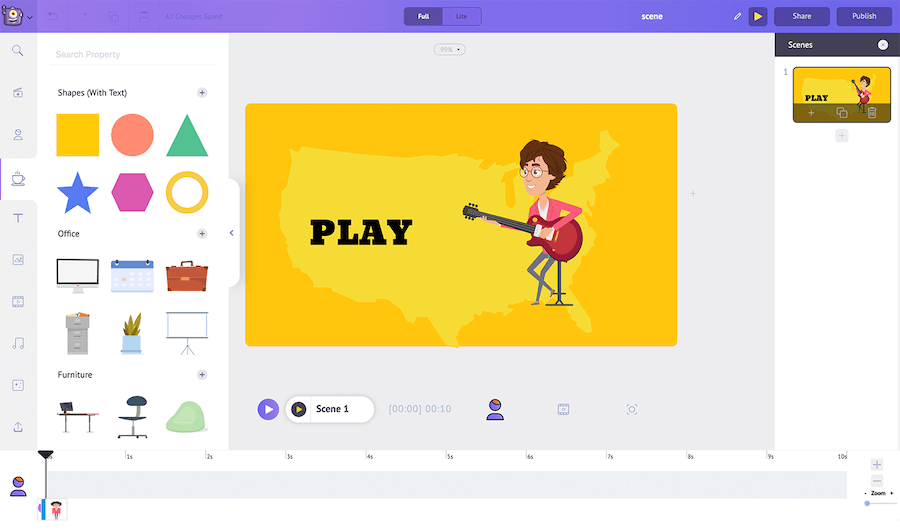
Ideal For: Marketing and presentation animation
Animaker is a web-based freemium platform focused on templates, characters, and voiceovers for non-designers.
Features
- AI-powered voice generation
- Drag-and-drop editor
- Character builder for branding
- Cloud rendering
Pros
✅ Beginner-friendly dashboard
✅ Perfect for social media content
✅ Library of royalty-free music
Cons
❌ Watermarks on free exports
❌ Requires internet connection
10. FlipaClip — Quick Sketch Animation

Ideal For: Social media clips and short loops
FlipaClip started as a mobile app and is now available on Windows through BlueStacks emulation.
Features
- Frame-by-frame timeline
- Onion skin and audio import
- Direct sharing to TikTok and YouTube
Pros
✅ Intuitive for newcomers
✅ Great for simple sketch loops
Cons
❌ Limited resolution exports in free plan
❌ Ads in mobile version
11. Stop Motion Studio — Best for Stop-Motion Projects
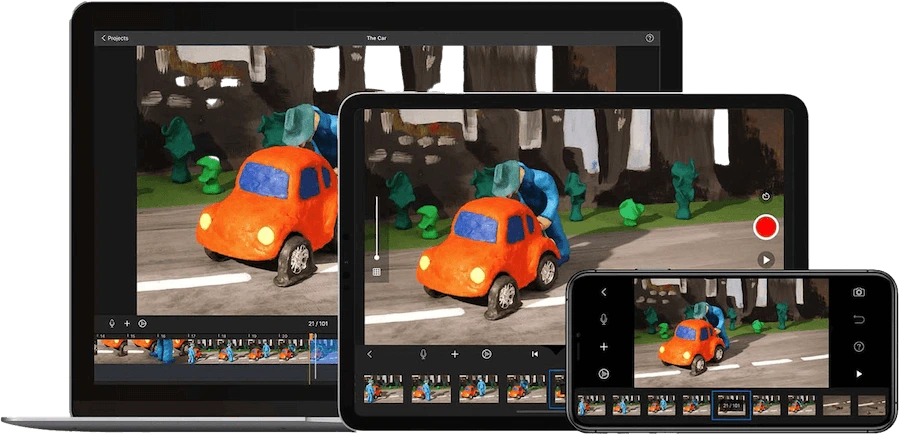
Ideal For: Blending animation with photography
Stop Motion Studio lets you animate real-world objects via frame capture.
Key Features
- Onion skin overlay for camera alignment
- Audio recording for sound effects
- Chroma-key (green-screen) support
- DSLR remote capture
Pros
✅ Perfect for LEGO or clay animations
✅ Cross-platform sync via mobile app
Cons
❌ Limited editing tools in free version
FAQs (Updated 2025)
Q: What’s the best free 2D animation software for beginners?
A: Pencil2D remains the most beginner-friendly option in 2025. It’s lightweight, intuitive, and open-source—perfect for learning the basics of keyframing and timing without being overwhelmed by complex tools.
Q: What’s the best option for professional animation on Windows?
A: For advanced users, OpenToonz and Blender (Grease Pencil) are ideal. OpenToonz offers studio-level pipelines (used by Studio Ghibli), while Blender’s 2D/3D integration makes it powerful for cinematic projects and hybrid animation.
Q: Which software is best for digital artists who want to animate their drawings?
A: Krita is the clear winner here. It combines a powerful brush engine with a frame-based timeline, letting digital painters transform illustrations into fully animated scenes.
Q: Is there any free tool for making animated explainer videos?
A: Yes! Animaker offers a freemium web platform with drag-and-drop templates and AI-generated voices. The free version is limited (exports have watermarks), but it’s great for quick social media or marketing videos.
Q: Which tool is best for kids or classroom animation projects?
A: TupiTube is designed for children and education. It’s fun, lightweight, and doesn’t require advanced technical knowledge.
Q: Are these programs completely free with no watermarks?
A: Most of them—like Pencil2D, Synfig, Krita, Blender, and OpenToonz—are open source and watermark-free. However, web-based tools such as Animaker or SVGator have restrictions in their free tiers.
Q: Do I need a graphics tablet to animate?
A: It’s optional but highly recommended. A Wacom, Huion, or XP-Pen tablet dramatically improves line control and mimics traditional animation drawing.
Q: Can I animate on a low-end PC or laptop?
A: Yes, many of these programs (like Pencil2D, TupiTube, and RoughAnimator) run well on modest specs. However, if you plan to use OpenToonz or Blender, a mid-range GPU is advised for smoother performance.
Q: What’s the best export format for 2D animations?
A: For web or social media, export as MP4 (H.264) or GIF. For high-quality production pipelines, use image sequences (PNG/TIFF) or MOV for editing in tools like DaVinci Resolve or Premiere.
Q: Is 2D animation still relevant in 2025?
A: Absolutely! With the rise of YouTube, indie filmmaking, and game development, 2D animation is thriving. Many professionals blend 2D and 3D workflows for storytelling, education, and marketing content.
Conclusion — Start Animating Today
2D animation in 2025 is more accessible than ever. You don’t need an expensive workstation or studio software to bring your stories to life—just creativity and the right tools.
Here’s a recap of the best picks by category:
| Award | Software |
| 🥇 Best Overall (Free & Simple) | Pencil2D |
| 🎨 Best for Artists | Krita |
| 🎥 Best for Professional Pipelines | OpenToonz |
| 🧱 Best for Hybrid 2D/3D | Blender (Grease Pencil) |
| 🧩 Best for Vector & Rigging | Synfig Studio |
| 👧 Best for Students & Mobile | TupiTube (by MaeFloresta) |
| 🎬 Best Free Mobile Frame-by-Frame | FlipaClip |
| 🖌️ Best Paid Frame-by-Frame Tool | RoughAnimator |
| 🖼️ Best for Social Video & Templates | Animaker |
| 📝 Best for Traditional Animators | Animation Paper (Beta) |
| 📸 Best for Physical Media | Stop Motion Studio |
✨ Final Tips for New Animators
-
Practice the 12 Principles of Animation (timing, squash and stretch, anticipation, etc.)
-
Start small—make 3-5 second clips before tackling big projects.
-
Use references—study classic animations frame by frame to understand motion.
-
Leverage community resources—forums, Discords, and YouTube tutorials for each tool are invaluable.
Key Takeaway
Animation is storytelling in motion. Whether you’re sketching stick figures or crafting cinematic masterpieces, the barrier to entry has never been lower. These free tools empower anyone—from students to professionals—to animate their imagination.
So download your favorite software, grab your tablet (or mouse), and start creating the next viral short or mini-film today.
Your Minions-style masterpiece awaits.
Sources: Official sites, TechRadar, Guru99
